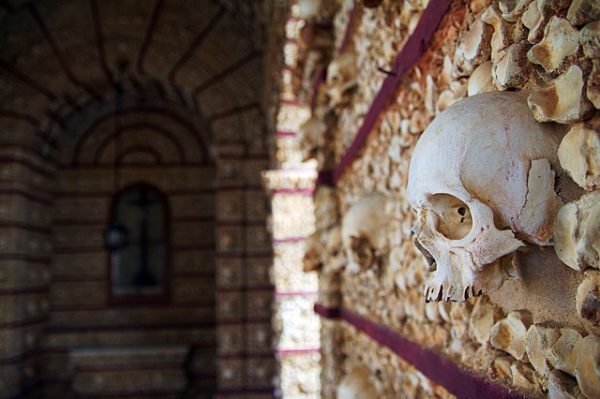Given civilisation’s collective preoccupation with death, suffering, sadness and horror, it is little wonder that the drive to personally experience sites associated with the very worst of human nature has spawned a distinct pattern of tourism. Though the term ‘dark tourism’ is a relatively recent development, the allure of visiting dark places – haunted sites, cemeteries, slums, Nazi death camps, historical battlefields, torture museums, sites of natural and human-made disasters, war zones – is hardly a new phenomenon. A fascination with history, the need to mourn, gratification of a fetish, satisfying ‘morbid curiosity’ or craving for an adrenaline rush are just some of the catalysts for dark tourism. And these motivations themselves speak to the dark side – or shades of grey – of travellers’ psyches.
This raises questions about what the longevity and popularity of dark tourism says about the society in which it exists: perceptions of evil, individual and collective attitudes toward death, power dynamics around narrating and commemorating events, racial and gender biases, the power of enterprise and the profit motive….and so on.
That some places are regarded as being ‘darker’ than others or more socially acceptable than others highlights the ways in which culture shapes (and is shaped by) attitudes toward dark tourism and the travellers that participate in it. While some forms of dark tourism can be said to offer educational value by highlighting the evils of the past to (hopefully) prevent them from recurring in the future, dark tourism also poses significant ethical dilemmas. After all, this is a lucrative industry that also thrives of the back of travellers that derive some form of gratification from the suffering of others.
Activities
Conferences
Visiting the Shadows: Dark Tourism and its Discontents
Saturday 7th May 2022 – Sunday 8th May 2022
Prague, Czech Republic

